
by Cori Lefkowith | Feb 27, 2018 | Blog, Diet
Meal timing…Should you eat 6 small meals a day or fast for days at a time?
 There is so much conflicting information out there, especially with the popularity of Intermittent Fasting (IF) on the rise.
There is so much conflicting information out there, especially with the popularity of Intermittent Fasting (IF) on the rise.
And I’m going to tell you the answer right up front…
I believe that meal timing should be based on what makes YOU feel best.
I don’t think you need to eat every 2 hours. And I don’t think you need to fast.
Your muscles will not melt away if you don’t eat super frequently. And you don’t need to stress over eating perfectly timed meals around your workouts.
What you DO need to do is LISTEN to your body and learn when you are ACTUALLY hungry and respond to it.
Because we’ve become so OUT OF TUNE with our bodies, I think trying Intermittent Fasting can be a great self “experiment.”
I did IF strictly for a year. Loved it overall. BUT I’ve now found the balance that makes me happy. And it isn’t strictly doing IF or eating 6 small meals a day.
There are some days I’m not hungry and will fast till 3 pm easily.
Other days?
Well other days I wake up at 6 am and need to eat instantly.
But because I did IF, I now respond to my hunger cues.
(And I’ll tell you right here and now…there is no MAGIC cut off time at night that you need to stop eating or you’ll get fat. If you need the food, you need the food..)
Anyway, I think Intermittent Fasting is a great thing to experience and really makes you learn to listen to your body.
But really quick…What is Intermittent Fasting?
 Intermittent fasting isn’t so much a “diet” as more of an “eating schedule.”
Intermittent fasting isn’t so much a “diet” as more of an “eating schedule.”
Basically you will give yourself an “eating window” and outside of that window you will fast. While there are different length fasts you can include, a very common form of IF is the 16/8 set up.
You will fast for 16 hours and then have an 8 hour eating window.
For many, this is really just skipping breakfast (or dinner if you’d prefer).
An example of this would be fasting until even just 11 am before eating and then stopping at 7 pm.
But won’t I lose muscle mass if I don’t eat for awhile? And isn’t breakfast the most important meal of the day?
To put it simply….
No.
And…No.
Our muscles don’t just “melt off” if we don’t eat for two hours.
As long as we get them the fuel they need, we will retain our lean muscle. And actually by fasting we can switch to burning FAT vs. the readily available fuel we’ve just eaten.
Plus, even if you eat every 6 hours, if you eat too little, you could lose muscle. So being careful not to cut calories too low is actually more key than eating frequently. And you need to make sure, no matter how frequently you eat, you’re getting enough PROTEIN each and every day!
But what about breakfast being so important?
 Well, all of those super influential and often sited studies about breakfast were funded by KELLOGG and…well…other food companies with a vested interest in people eating breakfast foods.
Well, all of those super influential and often sited studies about breakfast were funded by KELLOGG and…well…other food companies with a vested interest in people eating breakfast foods.
So…there’s a lot of debate about their validity as more and more studies come out proving that by actually eating LATER, you may be get better weight loss results.
Plus, who’s to say when breakfast time has to end!?! Breakfast food at 1 pm!? Count me in! 😉
Ok so breakfast doesn’t matter and your muscles won’t melt off…but…Why do it?
Well…besides what I consider to be the top reason – learning to respond to what your body needs so you can LEARN to eat intuitively…
There are lots of studies showing health benefits…everything from improved lipid profiles and blood pressure to improved fat burning and cardiovascular functioning.
Health benefits of Intermittent Fasting are that it:
- Promotes stronger insulin sensitivity and increased growth hormone secretion, which are two keys to losing weight and gaining muscle.
- Reduces your risk for cancer.
- Reduces blood lipids…the bad kinds, including decreased triglycerides and LDL cholesterol and inflammation markers.
- Reduces blood pressure.
- Improves cardiovascular function.
- Improves your brain functioning and can even help prevent conditions such as Parkinson’s, dementia and Alzheimer’s.
Other benefits people often find from doing IF:
- You can EAT TILL YOUR FULL because you’re eating fewer bigger meals.
- Less meal planning.
- Easier way to create a calorie deficit.
- Improved fat burning, especially in later stages of the fast.
Well this all sounds great…Why not do it?
I’ve found some interesting debates about whether the benefits above can be accomplished simply by calorie restriction and other healthy eating habits or if IF is the only way.
Frankly, those debates don’t really sway me one way or the other because I do believe that by eating quality foods and dialing in your macros, you can see great results no matter what your meal timing.
The real reason I’m not adamantly in favor of Intermittent Fasting… something I even use myself?
Because I think that any time you FORCE a specific meal timing or restrict when you can eat, whether that is forcing you to eat 6 meals a day or only 1, you create unnecessary headaches AND prevent yourself from learning to listen to your hunger cues.
While fasting can help you create a calorie deficit, all too often people use it to STARVE themselves. And when you get to the point that you are too hungry? Well when you get too hungry, you get too hungry to care.
 You reach for whatever is around and generally end up binging. So all that “fasting” to get a calorie deficit and the fat burning benefits of fasting? Well it goes out the window.
You reach for whatever is around and generally end up binging. So all that “fasting” to get a calorie deficit and the fat burning benefits of fasting? Well it goes out the window.
And generally we don’t make the healthiest food choices when we are starving so we’re probably not even going to get the benefits of whole, natural foods.
Plus, forcing yourself not to eat when you’re hungry can lead to hanger and low energy.
And the whole point of eating well is so that you FEEL GOOD while working toward looking the way you want!
HOWEVER, that doesn’t mean you shouldn’t TRY IF even if you feel hungry from a change in your eating schedule initially.
All too often we get hungry at specific times a day because we are CONDITIONED to based on our routine!
Ok so again…WHY TRY IT?!
A huge reason why I believe IF is a good experiment is it teaches us what are true hunger cues and what may actually be us wanting to eat out of fatigue or boredom or simply even ROUTINE.
It can help us recognize if we do better with less frequent meals OR if we are one of those people that like to snack and eat every 2 hours.
It helps us not feel forced into a rigid schedule and learn what works best FOR US!
You may find that more frequent meals help you prevent overeating and avoid becoming hungry while on a calorie deficit. And if you know that you’re a snacker, eating more frequently can be key.
Or maybe you’ve always forced 6 small meals because you thought you needed to, which only adds to the stress of your already busy schedule…And with IF you can have just have 2 big meals in the afternoon and evening and make everything work so you can see results.
The key is….meal timing shouldn’t cause you added stress. OR cause you to feel low energy or hungry!
Meal timing should be used to enhance how you feel throughout the day.
It should be you RESPONDING to what your body needs and making your diet fit your lifestyle and your needs.
So whether you feel best snacking all day or eating one big meal, I think it can all work. BUT you need to experiment to find what helps you feel energized and on top of your game.
Don’t feel like you NEED to eat at certain times!
It’s why Meal Timing is one of those things to play around with AFTER your macros and calories are first dialed in.
I have clients doing Macro Cycling who fast for 24 hours once a week. Others do the 16/8 Intermittent Fasting every single day. Still others eat 6 small meals.
And some…well some are like me and they simply eat when they’re hungry or when their schedule allows and just focus on hitting their macros for the day no matter what their eating schedule looks like that day.
They key is not to let meal timing stress you out because anything can work especially when you dial in your macros first!
Dial in the quality of your food so you can be flexible with your meal timing and make your diet work for YOUR lifestyle!
Learn more about how you can make your meal timing work for you.
–> Check out my Macro Academy!


by Cori Lefkowith | Feb 16, 2018 | Blog, Diet, Recipes
Yes…We want to eat whole, natural foods as often as possible.
But guess what!?
If all we are doing is constantly DEPRIVING ourselves and telling ourselves we CAN’T have the foods we love, we are going to end up binging.
That is why I love finding a way to balance cravings with staying on track. It’s why I like making Macro-Friendly versions of the not-so-healthy meals I love.
This helps me satisfy cravings while still making progress and remaining CONSISTENT.
Remember it’s not perfection but consistency that leads to long-term results.
So here is one of my favorite macro-friendly pizza recipes – The Thai Chicken Pizza!
The Macro-Friendly Thai Chicken Pizza

SERVINGS: 2
MACROS (in ½ pizza):
Calories: 384 Protein: 57 grams Carbs: 18 grams Fat: 9 grams
“I’ve always loved Thai Chicken Pizza so wanted to find a way to make it macro-friendly and healthier. It’s the perfect way to curb cravings and keep yourself on track.” – Cori
INGREDIENTS:
8 ounces Cooked Chicken Breast
1 Joseph’s Whole Wheat Lavash Bread
66 grams Baby Carrots
18 grams (about 3 stalks) Green Onions
4 tbsps Reduced Sodium Soy Sauce or Tamari
12 g (2 tbsp) PB Fit Peanut Butter Powder
4 tsp Chili Garlic Sauce
46 grams (3 tbsp) Egg Whites
20 grams Shaved Parmigiano Reggiano
DIRECTIONS:
Preheat oven to 400 degrees and place lavash on a baking sheet lightly greased with cooking spray. Place in the oven until it begins to crisp and brown.
As it browns, cook chicken if needed or tear up precooked chicken. Shred or thinly slice carrots and chop up green onions.
Heat a skillet over medium-high heat and add the carrots and most of the onions (leave a few to top the pizza with). Let them begin to soften and brown.
Combine the sauce ingredients in a bowl and whisk to combine (soy sauce, pbfit, garlic sauce).
Then add chicken and the sauce to the skillet and heat. Let it bubble and make sure it soaks into the chicken.
When everything is heated through, add egg whites to the skillet. Let them cook and stir in. Then top the lavash bread with the mixture and sprinkle with the cheese.
Place in the oven until the cheese is melted and the lavash is browned to your liking.
Want a diet that allows you to still indulge in the foods you love while finding a balance that leads to long-term results?!
Learn more about Macro Cycling –>

by Cori Lefkowith | Feb 11, 2018 | Blog, Bodyweight, Workouts
Ready to get the sweat dripping and blood pumping?!? Heck yes, right!? 😉
Then try this Bodyweight 30/10 Cardio Killer!
It will take you just 20 minutes if you complete all 6 rounds so you can get your workout in even on a busy day! No need to spend hours in the gym or even buy expensive cardio equipment. All you need is your own bodyweight for killer results!
The 30/10 Bodyweight Cardio Killer
Set a timer for 30 seconds of work, 10 seconds of rest. Work as hard as you can for 30 seconds on a move then rest 10 seconds while you transition to the next exercise. Regress moves as needed, but do not rest during the 30 seconds on each move. Beginners may rest up to 30 seconds more between rounds if needed. Complete 4-6 rounds of the circuit below.
CIRCUIT:
30 seconds Snowboard Hop Burpees
10 seconds Rest
30 seconds Push Up Leg Kick
10 seconds Rest
30 seconds Squat Jump Bulldog
10 seconds Rest
30 seconds Inchworm Plank
10 seconds Rest
30 seconds Bicycles
10 seconds Rest
Love this workout?
It’s part of my Cardio Killer series available with my 28-Day Core Burner program! It pairs perfectly with my Bodyweight Booty Burners and Core Burners. Learn More –>

by Cori Lefkowith | Feb 6, 2018 | Blog, Bodyweight, Butt, Exercises
Have you ever noticed you have a stronger and weaker side?
Have you ever been told your hips are uneven? Your SI joint is “out of whack” or you have an upslip or even rotation?
Or maybe you’ve just noticed you always get low back or hip pain on one side?
Heck…maybe you’ve even noticed a leg length discrepancy you weren’t born with!?
All of these things show imbalances and compensations that need to be addressed….
Addressed by UNILATERAL moves.

All too often with bilateral movements, we can compensate and our dominant side takes over for our weaker side.
We can often “hide our weakness” and make it hard to activate the right muscles when we do bilateral moves.
Plus, because one side is stronger, we compensate so our weaker side can “keep up.”
But if we don’t want to risk compensating, which can lead to injury, we first need to correct our imbalances.
And by correcting those imbalances, especially when it comes to GLUTE ACTIVATION, we can create lumbo-pelvic-hip stability so we can prevent injury and lift more.
 This is where unilateral activation comes into play.
This is where unilateral activation comes into play.
It helps us address those imbalances so that right muscles are working and we can shrink the gap between our weaker and stronger side!
So if you have hip issues, low back issues…even knee pain…unilateral glute activation is especially important!
And not only doing unilateral, or single sided glute activation, but even potentially more reps, on that weaker side.
So if you’re ready to build hip stability, try these 3 Unilateral Bodyweight Glute Activation Exercises to correct those imbalance and get both glutes firing!
1. Glute Bridge with Rocks:
Unilateral moves are essential to correct imbalances because you can isolate one side at a time and focus in on the muscles that need to be working. And glute bridges are a must-do activation move to improve your hip extension.
HOWEVER, Single Leg Glute Bridges are an advanced move that could lead to you using your lower back or hamstrings to power the lift instead of correcting the existing imbalance.
So how can you get the benefit of a Single Leg Bridge if the move is too advanced? Do a Glute Bridge with Rocks! This move allows you to use both sides to bridge up WHILE pausing to activate each side a little extra individually.

To do the Glute Bridge Rocks, set up like you are going to do the Basic Glute Bridge. Lie on your back with your knees bent and feet flat on the ground. Your feet should be about hip-width apart and your knees should be in line with your feet and hips.
Bend your arms to 90 degrees and then drive through your arms, upper back and heels to bridge up. Squeeze your glutes and brace your abs to bridge up. Then slightly release the contraction in one glute and rock to bridge one hip up slightly higher. Really focus on contracting that glute. Release that side and rock your other hip slightly up to contract that glute harder. Keep your abs braced as you rock slightly and alternate contracting each glute a little bit extra at the top of the bridge.
Do not let your low back take over as you hold at the top and work to contract each glute a little bit extra. Also, do not let your hips sag down toward the ground. Alternate rocks until all reps are complete then lower down.
2. 3-Way Hip Circles:
Activation moves can not only activate but also MOBILIZE. And the 3-Way Hip Circles do just that – they activate your glutes as you open up your hips.
You will work your glute medius with the Fire Hydrant and your glute maximus with the Donkey Kick portion. And you will even activate your abs with a Knee Tuck! It’s the perfect move to build hip stability!

To do the 3-Way Hip Circles, start on your hands and knees with your hands under your shoulders and your knees under your hips. Flex your feet.
Then, keeping your knee bent to about 90 degrees, kick one leg back like into a Donkey Kick. Hold there for a second. Make sure to keep your arms straight and squeeze your glutes as you extend your hip and drive your heel up toward the ceiling.
Then, keeping your knee bent, bring your leg up and out to the side into the Fire Hydrant position. Do not lower your leg down as you move from the Donkey Kick to the Fire Hydrant. Keep your foot flexed and knee bent to 90 degrees.
Without touching your knee down, then drive the knee forward and in toward your elbow. Feel your abs engage as you hold.
Repeat the circle, kicking your foot back to repeat.

3. Warrior III Squats:
Work on your balance, core stability, hip mobility AND glute activation with this Unilateral Activation Exercises – The Warrior III Squats. You’ll feel this move working from the ground up!

To do Warrior III Squats, set up in the Warrior III position. Start balancing on one leg then hinge over so that your chest is parallel to the ground. Reach your raised leg back toward the wall behind you as you keep your hips square to the ground and straighten your standing leg as much as you can. Then reach your hands overhead toward the wall in front of you or out to the sides or even back toward your feet.
From this Warrior III position, bend your standing leg to perform a small squat. Make sure to keep your raised leg up and reaching toward the wall behind you as you stay in that hinged over position as you squat. Do not start to stand up as you squat.
Straighten your standing leg back out and then repeat the small squat. The lower you squat as you maintain that Warrior III position, the harder the move will be. Also, the more you completely straighten your standing leg, the harder the move will be.
Complete all reps on one side before switching. Do not let your hips open up as you squat. Also, do not go forward onto your toes or round your back. The move doesn’t have to be super big to have benefit!
Ready to correct those imbalances with 15-minute booty burner workouts? Learn how here –>

by Cori Lefkowith | Feb 1, 2018 | Blog, Diet, Mindset
“Don’t step on it! It will make you cry!”
This was the caption below a cartoon I saw of two little girls staring at a scale.
It made me both laugh and cringe all at once.
Weighing ourselves…
 Some of us do it daily. It’s part of our “morning routine.” But it can also sometimes be a number that decides how we feel about ourselves that day…for better or for worse.
Some of us do it daily. It’s part of our “morning routine.” But it can also sometimes be a number that decides how we feel about ourselves that day…for better or for worse.
And for others of us…
Well…others of us won’t even walk close to one for fear of the dreaded number that may glare back at us.
But should you be weighing yourself? And, more importantly, should you be doing it daily?
I’ll tell you the answer right now and you’re not going to like it…
IT DEPENDS!
Isn’t that an infuriating answer?!
The thing is…that is 100% true.
Weighing yourself can be a HUGE accountability tool when used correctly, even doing it daily.
It can have a huge positive impact and help increase your dedication and consistency
HOWEVER…
There is a dark side to the scale…
One in which that number begins to dictate how you feel about yourself. One in which you start to obsess over the number you see there.
One in which your feelings of confidence and self-worth are dependent on what that stupid little piece of technology that sits on your bathroom floor says…
 Then weighing every day is for sure not a good thing.
Then weighing every day is for sure not a good thing.
The only thing is…
That number on the scale can have that same impact even if you never weigh.
Having to AVOID the scale out of fear of what it would say is no better than weighing obsessively.
The point is…our WEIGHT can’t rule how we feel about our bodies.
It is simply another measuring tool we can use to keep track of progress or even use to guide us when we find a point we feel comfortable with.
But we have to remember our weight is just a NUMBER and doesn’t determine our worth.
And that goal number can, and even should, change over time. And it shouldn’t be our only determination of success.
However, all too often it doesn’t change and it becomes the most important measure of success.
Heck, some of us get so freaking stuck on a specific number we don’t appreciate when we have huge body composition shifts.
I’ve literally had clients tell me, “Well I lost inches but the scale didn’t budge!”
And they’ve said this as if they were UNHAPPY with this fact! (This is usually where I sit there looking dumbfounded, confused and shocked.)
But losing inches means they lost fat. Heck, it’s probably a BIGGER victory than weight lost on the scale.
Because that number on the scale can fluctuate for so many reasons.
I mean crap…that number can fluctuate from hour to hour based on eating food…or how much salt we eat or water we drink…or even if our workout broke down more muscle tissue the day before or we ate more carbs or heck, depleted our glycogen stores by NOT eating carbs…
The point is that number can fluctuate so easily. And it is just a NUMBER. It should just be another guide to help you track and see if something is working OR if changes need to be made.
It can be an accountability tool, but it can’t be something that is the be all and end all.
And I think it has become one for all too many of us as dieting has become know as deprivation…
STARVING yourself to hit a number on a scale….A number that really has been arbitrarily assigned by ourselves or something we read in a magazine….
Doesn’t lead to long-term results or long-term health.
And I don’t think this will change by weighing or not weighing. I think that is just a symptom of a bigger problem. Because as I mentioned we can be as obsessed with that number whether we obsessively weigh or obsessively AVOID weighing.
I think the real answer to changing our obsession with our weight and having to be a specific number to be happy comes from changing our relationship to how we view dieting – aka our relationship with FOOD.
It’s about changing our view of our diet from one of purely slashing calories and starving ourselves to hit a number on the scale, to one focused on FUELING OUR BODIES.
 It’s why I put an emphasis on Macros over Caloric Intake. Dial in your macros. Think about getting your body the right foods and everything else will start to fall into place.
It’s why I put an emphasis on Macros over Caloric Intake. Dial in your macros. Think about getting your body the right foods and everything else will start to fall into place.
Stop dieting and depriving. Focus on giving your body what it needs and creating a balance so you can enjoy life!
To help you get started, find out what macros you need with the Macro Cycling Quiz.
–> Take the Quiz And Start FUELING Your Body!

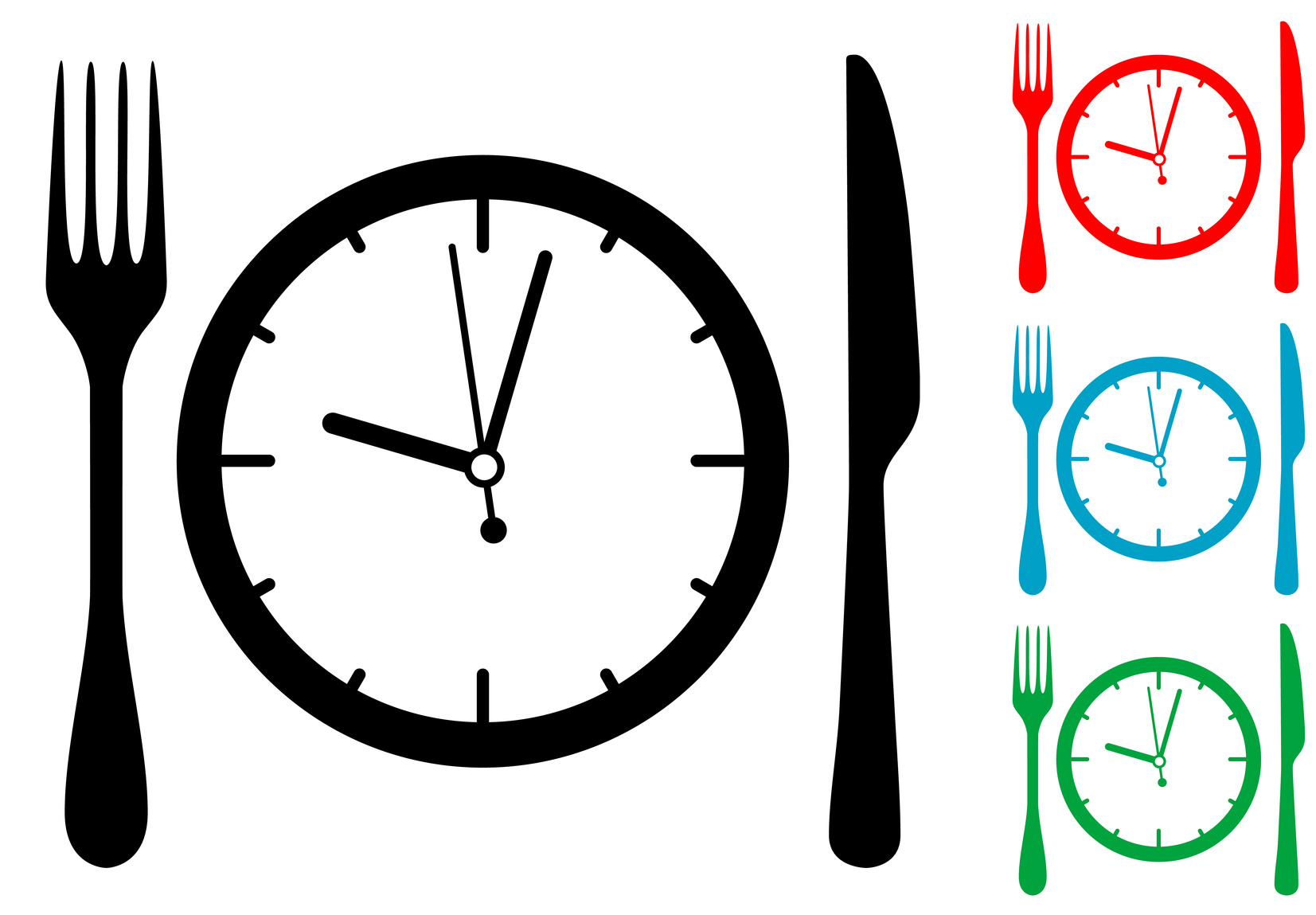 There is so much conflicting information out there, especially with the popularity of Intermittent Fasting (IF) on the rise.
There is so much conflicting information out there, especially with the popularity of Intermittent Fasting (IF) on the rise. Intermittent fasting isn’t so much a “diet” as more of an “eating schedule.”
Intermittent fasting isn’t so much a “diet” as more of an “eating schedule.” Well, all of those super influential and often sited studies about breakfast were funded by KELLOGG and…well…other food companies with a vested interest in people eating breakfast foods.
Well, all of those super influential and often sited studies about breakfast were funded by KELLOGG and…well…other food companies with a vested interest in people eating breakfast foods.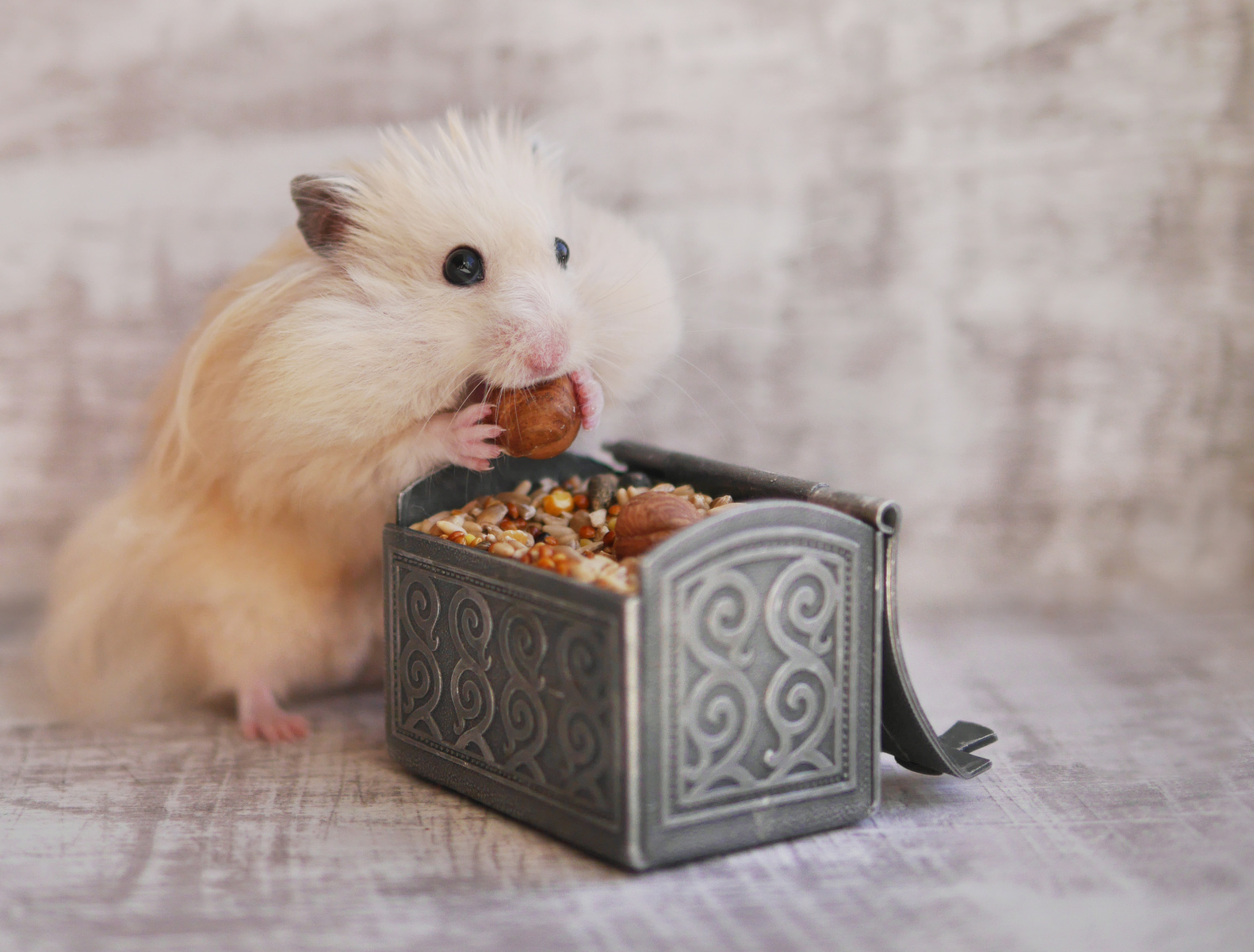 You reach for whatever is around and generally end up binging. So all that “fasting” to get a calorie deficit and the fat burning benefits of fasting? Well it goes out the window.
You reach for whatever is around and generally end up binging. So all that “fasting” to get a calorie deficit and the fat burning benefits of fasting? Well it goes out the window.



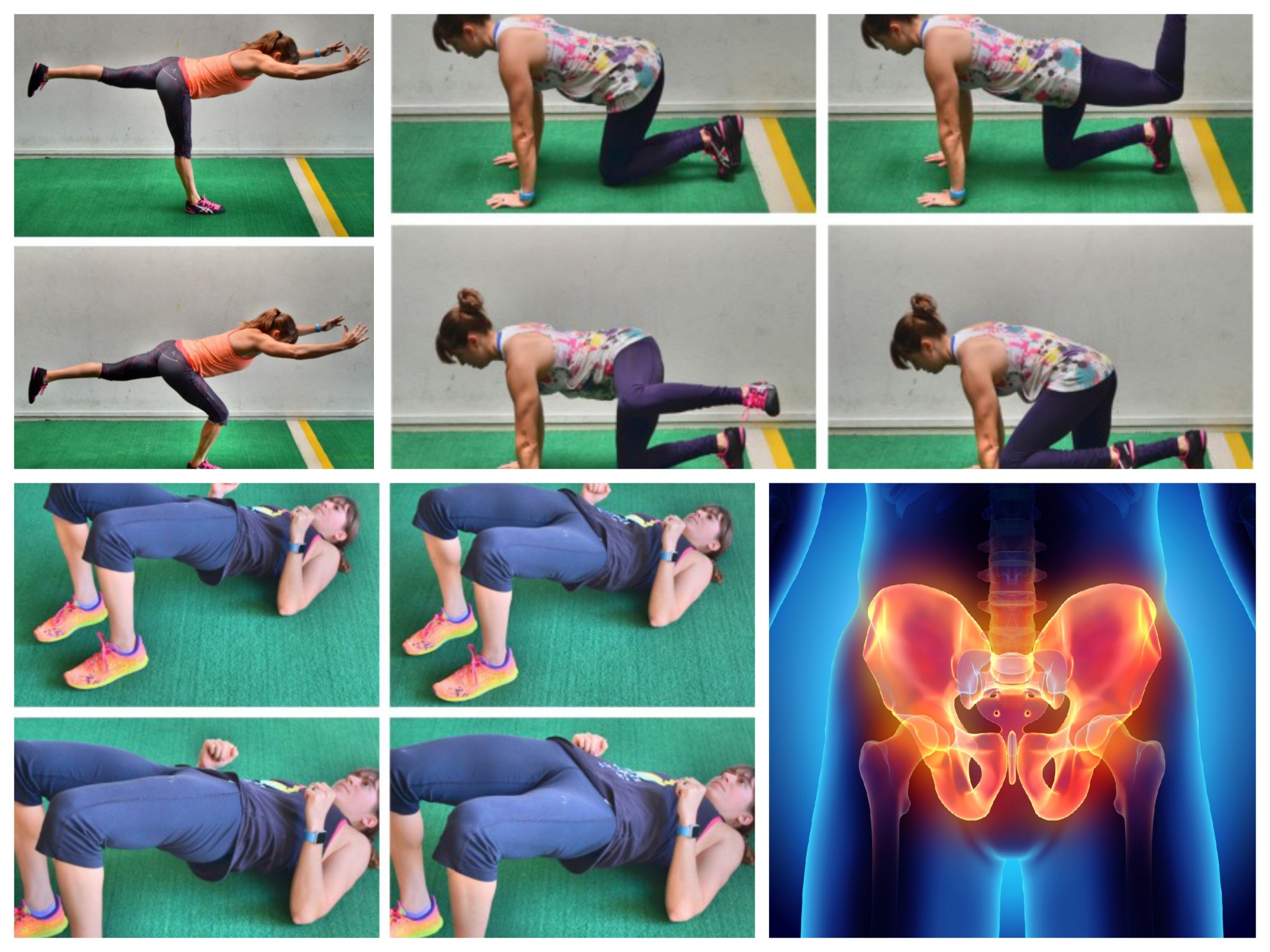

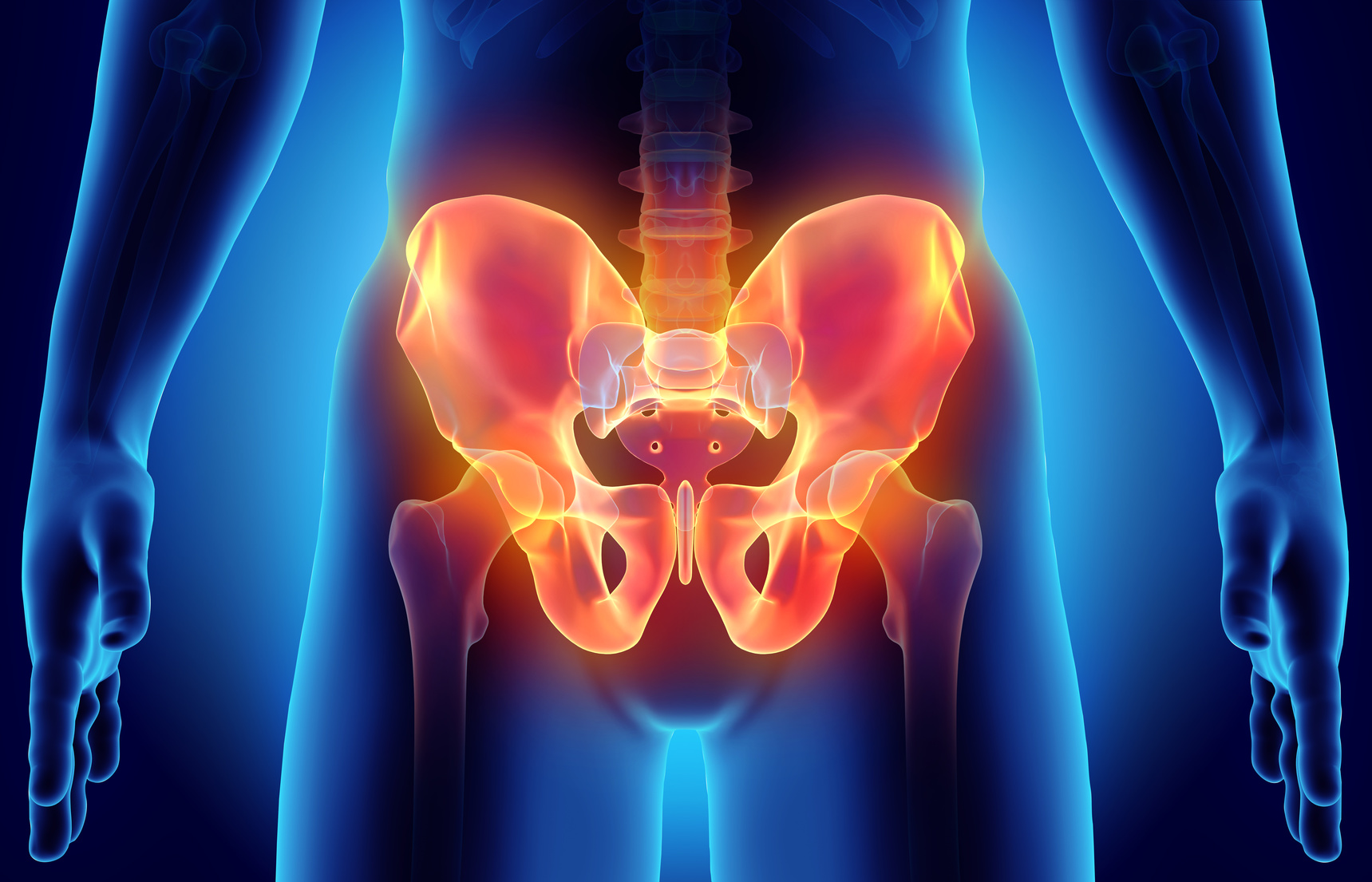 This is where unilateral activation comes into play.
This is where unilateral activation comes into play.


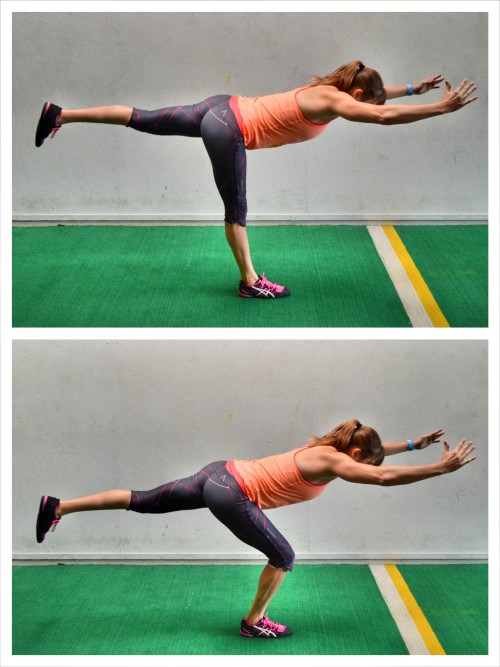
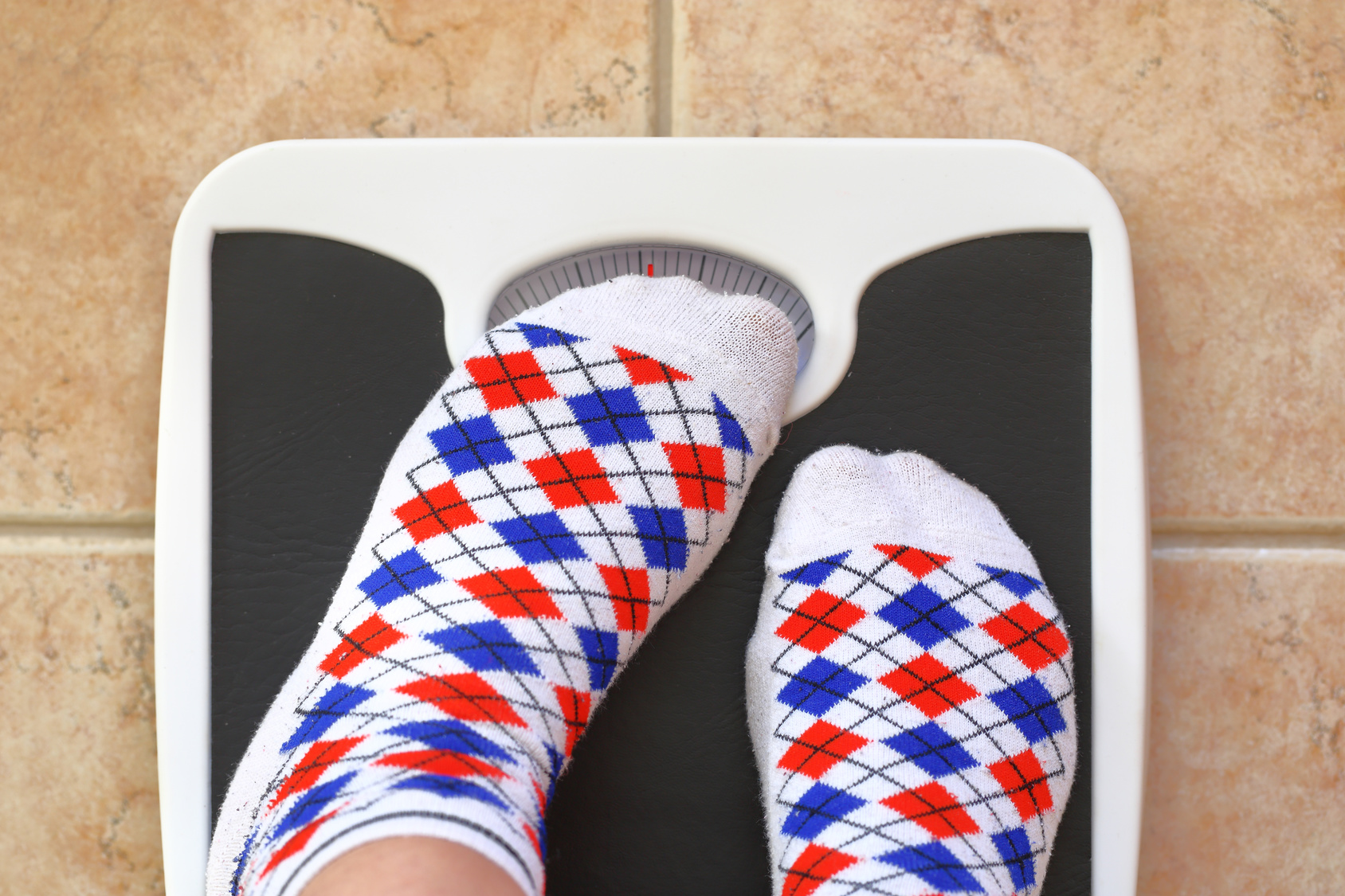
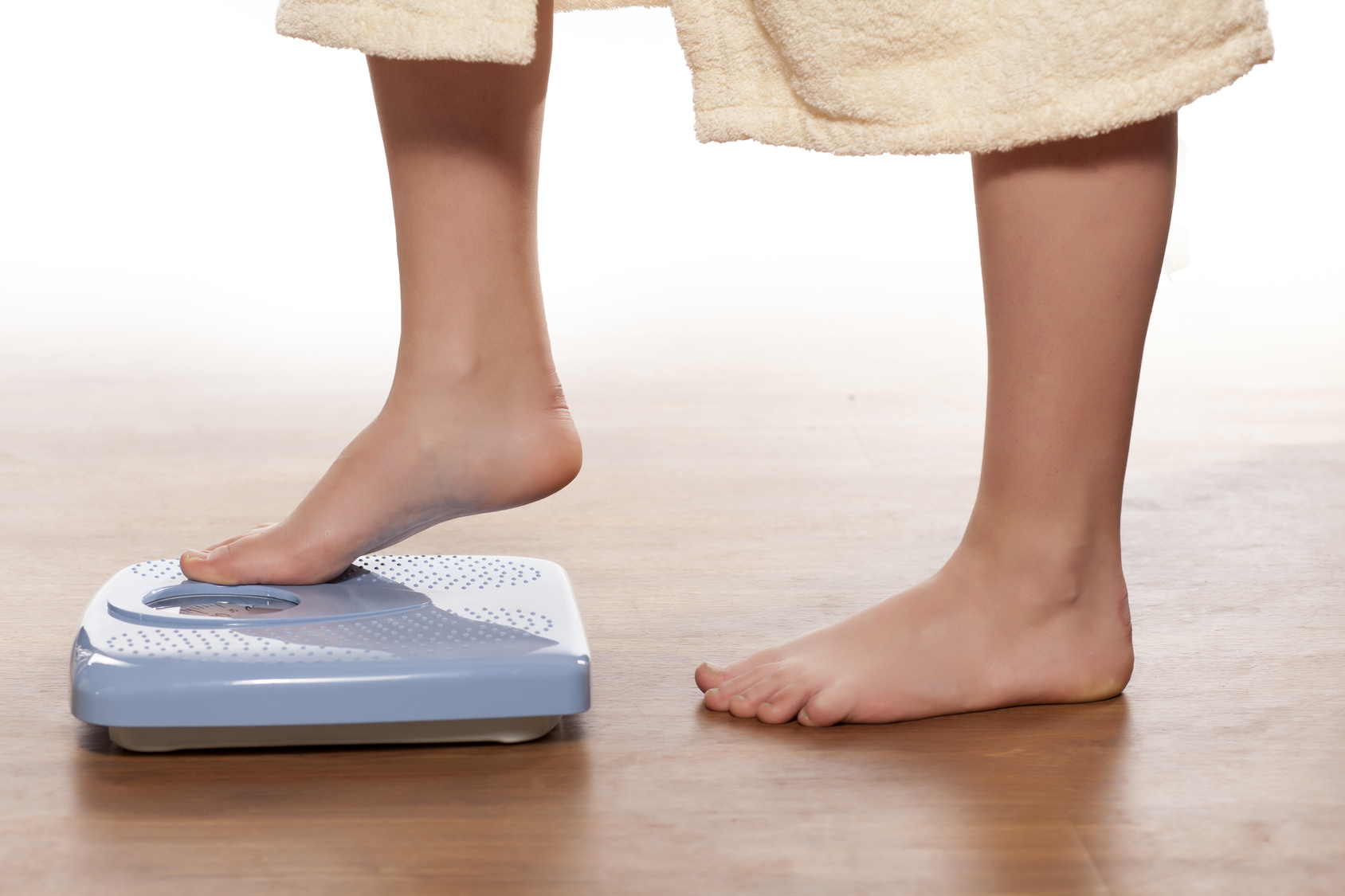 Some of us do it daily. It’s part of our “morning routine.” But it can also sometimes be a number that decides how we feel about ourselves that day…for better or for worse.
Some of us do it daily. It’s part of our “morning routine.” But it can also sometimes be a number that decides how we feel about ourselves that day…for better or for worse.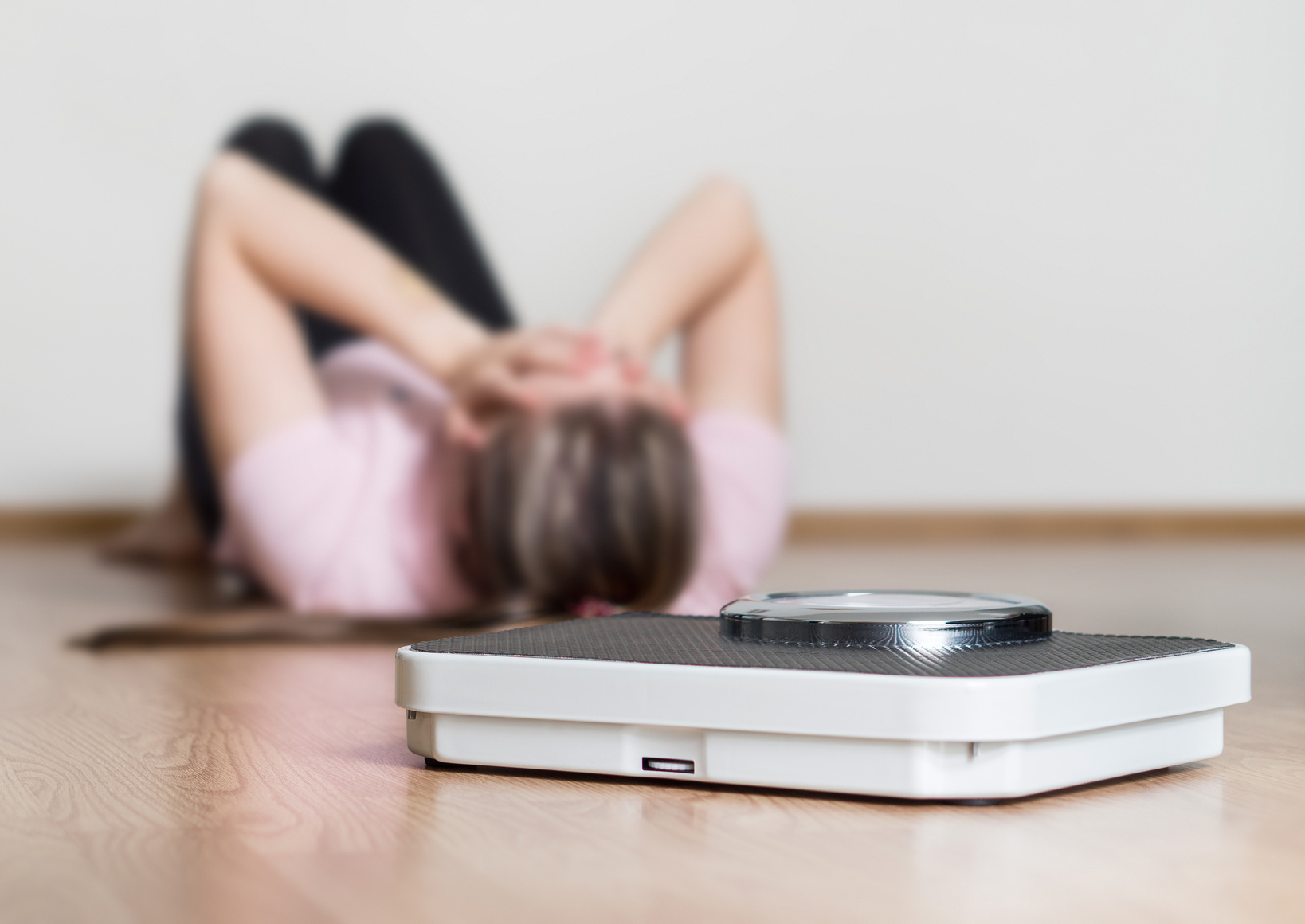 Then weighing every day is for sure not a good thing.
Then weighing every day is for sure not a good thing.
